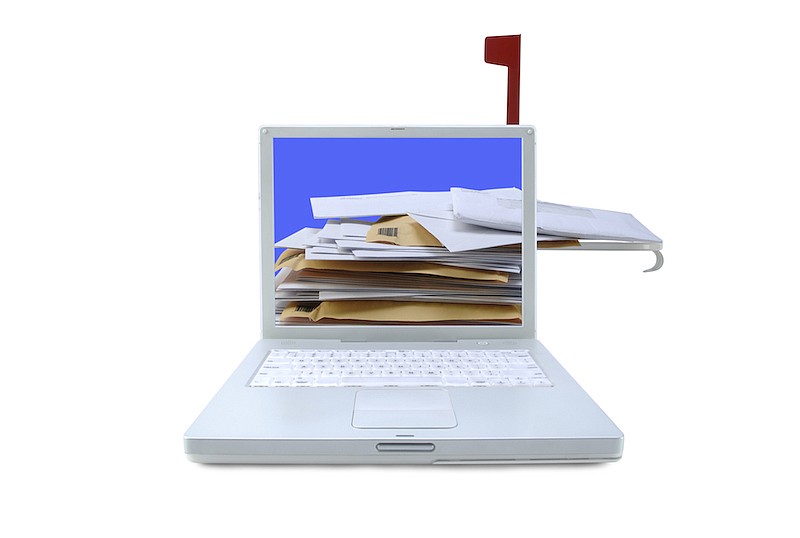I know, I know. Too many times over the years I've tried to help stop floods of junk mail, both by email and snail mail but, unfortunately, my researched methods don't always do the trick.
Lately, though, I've noticed a few new ideas to help contain the massive overflow - 80 billion pieces every year through the postal service and a vast unknown of spam emails. So let's not give up the fight and try the following:
'Regular' mail
* Don't automatically give your ZIP code when paying for a store purchase. Retailers may then find your street address and, ultimately, you where you end up on a solicitation list. In turn, these lists are rented or sold (always about the almighty dollar, isn't it?) to other companies. To help avoid these conspiracies, sign up for optoutprescreen.com, dmachoice.org, and catalog choice.org. All free services, they can keep consumers off many affiliated lists, especially when used in conjunction with each other. (Remember, though, just like phone calls, if you've already purchased from a retailer or donated to a charity or a political party, you'll need to contact the vendor directly in order to remove your name.)
* File a temporary change-of-address if you move. Most of us never even think of any revision other than a permanent one; in fact, I never knew that the Postal Service - when given the COA - also alerts companies which, of course, keeps the junk coming to your new home. A much better idea to fill out two back-to-back temporary COA forms. Temporary status requests the post office to forward mail, but it doesn't tell companies you've moved.
* PaperKarma is a great phone app which I've cited in the past. Once it's installed, take a photo of each piece of junk mail that arrives at your home or any other address, and the app will contact the sender to remove you from its distribution lists. (Personally, I think this is the best invention since ice cream!)
The cleanest way to get off a list is to use the built-in unsubscribe option. That link is generally buried at the bottom of the message, in tiny type or made to not even look like a link, all the better to keep you subscribed. (The chance that the unsubscribe link is a trick - a way to confirm you are a real person - is low. But be smart about it if uncertain at any point in the email, ditch it.
Gmail makes it easy to unsubscribe on the desktop. Whenever the former notices a working unsubscribe link in a message, it puts its own unsubscribe link at the top of the message, right next to the address of the sender's email. In fact, sometimes it appears in place of the Spam icon in the toolbar. Click it and a giant Unsubscribe button appears.
Create a "shopping" account, which is actually an address for spam or unwanted email only. This is the source that contains online shopping activities, newsletters, and so forth. Don't use this account frequently, however, as companies have ways to know when we open their mail; the more activity on your part, the more targeted you become.
Available via the web or a mobile app, Unroll.me looks into the heart of your Outlook.com, Gmail/GSuite, Yahoo Mail, and AOL email accounts to locate messages you probably don't want. In return, you get a list of all the senders you could nix; pick the ones you don't want, and Unroll.me does the rest. It also offers a service called The Rollup so you can re-subscribe to select mailings, but they'll get funneled to you via Unroll.me in a daily digest. You can edit (or deactivate) The Rollup any time. This is one I really like.
Defeat the baddies!
Contact Ellen Phillips at consumerwtach@timesfreepress.com.

